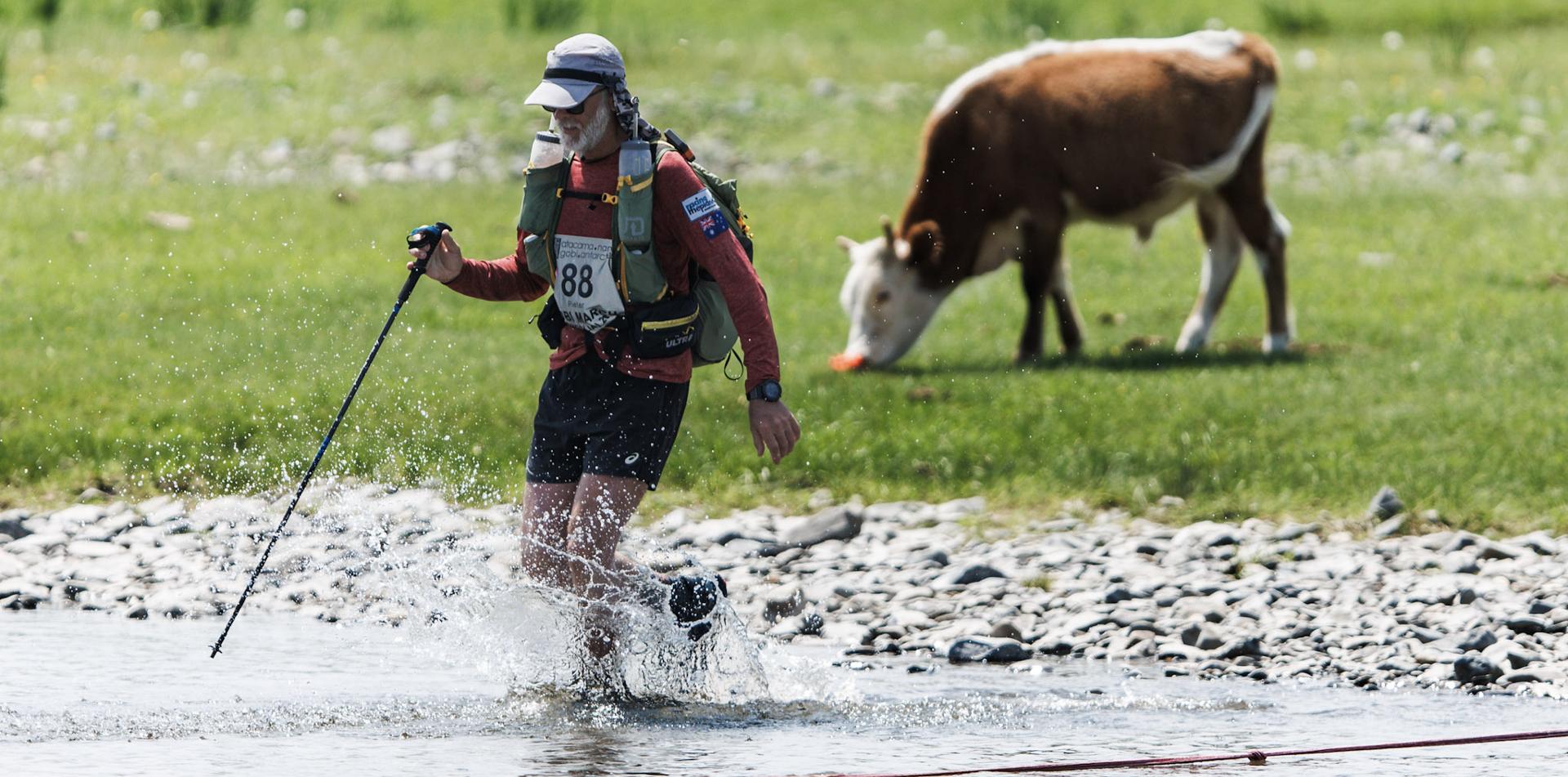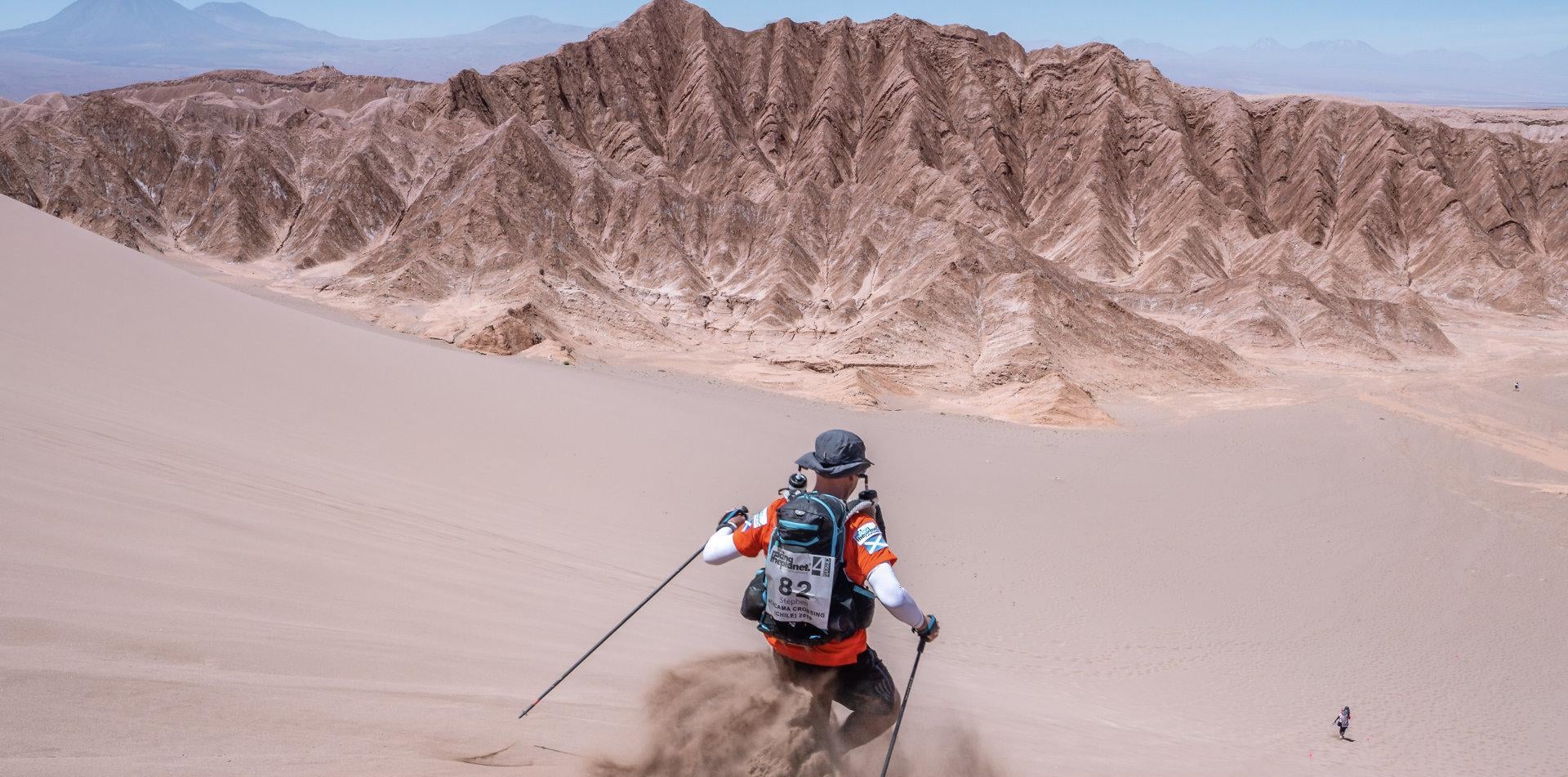Foot Blister Prevention and Care
Overview
There are myriad causes for blisters to form. On the feet alone, reasons might include friction and moisture, fungal infections, allergic reactions, burns, or excessive perspiration. This article summarizes the causes, prevention, and treatment of foot blisters associated with physical activity.
Causes
Blisters typically develop due to friction on the skin. This can occur from the rubbing of clothing, shoes, or other sports equipment on the surface layer of the skin and is made worse by moist and warm conditions. Over time, continued friction can cause the upper layer of skin, the epidermis, to separate from the middle layer of skin, the dermis. Fluid then fills the gap and a blister is formed. In most instances this fluid is sterile and harmless; however, infected blisters might become filled with pus while traumatic blisters could contain blood. Blisters are actually formed to protect an area (the pain encourages you to stop whatever is causing the injury while the fluid creates a cushion) but too often we must continue and treatment is required.

Prevention
The best tactic to deal with blisters is to never have them develop in the first place. To prevent blisters you have to minimize friction on the skin. Strategies for preventing blisters include:
- Inspect your feet daily and identify any "hot spots." If you develop any "hot spots" during activity, it's important to treat them right away to prevent the blister from forming.
- "Breaking in" your footwear. Competing in new shoes that have not been utilized will lead to blisters. Make sure the shoe fits appropriately to avoid excessive moment and can adapt to any swelling that might occur over the course of a race.
- Using moisture-wicking socks made from synthetic blends to reduce friction and moisture on the skin of the feet. Toe socks (i.e., Injinji) can provide an added layer of protection for the toes.
- Utilize a lubricant (i.e., Hydropel) daily. Lubricants can reduce friction and limit moisture that can lead to skin breakdown.
- Consider taping of the foot or toes. A thin paper tape (i.e., hydropore) around each toe can last for days. Make sure you avoid taping between the toes. Stronger tape (i.e., Moleskin, Elasticon) along the base of the foot or heel comes in handy.
Treatment
If you do get a blister, the goals become to prevent the blister from enlarging and to prevent infection. There are a variety of treatment options:
- Small unbroken blisters that don't cause discomfort should be left to heal on their own; the best protection against infection is your own skin.
- The effects of many early or small blisters, as well as significant “hot spots”, can be diminished by adding a layer of tape over the area or surrounding them with a donut-shaped piece of moleskin to help relieve local pressure.
- Large, painful blisters that are not bloody can be drained with every effort made to preserve the top layer of skin covering the blister. To safely drain a blister, clean the blister and the surrounding area with rubbing alcohol or antibiotic soap and water. Then sterilize a needle over a flame until the tip glows red and allow it to cool. Finally, puncture a very small hole at the base edge of the blister and drain the fluid by applying gentle pressure. Once drained, cover with a bandage. If it looks potentially infected, you could use an antibiotic ointment. Seek medical attention if there is progressive redness or foul smelling discharge from the blister.
References
Caselli, Mark A., Chen-Vitulli, Jean. Foot Blister Prevention: What You Can Recommend To Athletes. Podiatry Today. Vol 15, Issue #4., Apr 01 2002.
Wilderness Medical Training Center Online. http://www.wildmedcenter.com/home.html. Feb 2009. Sports Medicine @ About.com; http://sportsmedicine.about.com/od/footandankleinjuries/a/Blisters.htm, Feb 2009.
BeginnerTriathalete.com; http://www.beginnertriathlete.com/cms/article-detail.asp?articleid=163, Feb 2009







 Newsletter
Newsletter
 Online Store
Online Store





